The Prevalence of Heat-Related Illnesses Among Construction Workers
The unique nature of construction work often places workers in outdoor settings exposed to intense heat. With rising temperatures globally, it's becoming increasingly crucial to acknowledge the prevalence of heat-related illnesses in this sector. This article will discuss the impact of heat on construction workers and relate the startling statistics regarding heat-related deaths, ER visits, and occupational injuries.
Heat-related Deaths and ER Visits
For most of us, a hot summer day warrants a cool refreshing drink and some shade. However, for construction workers, it might spell disaster in the form of a heat-related illness that could potentially be fatal. In the U.S. alone, 702 heat-related deaths are reported annually, with construction workers representing a significant portion of these fatalities. The average number of heat-related deaths among construction workers stands alarmingly at 34, according to updated data from the CDC.
What starts as a mild heat stroke could escalate to a life-threatening situation, landing construction workers in emergency rooms. Over 67,512 ER visits per year are reported due to heat-related conditions across the nation. The figures represent the dramatic effect of heat on outdoor workers and the urgent need to address the issue.
Heat Injuries and Illnesses in the Workplace
On a broader scale, incorporating data from the Bureau of Labor Statistics (BLS), heat is a contributing factor to 33,890 work-related injuries and illnesses each year. This data spans all industries, but construction remains one of the sectors most affected due to its inherent harsh environmental conditions.
Heat illnesses are not limited to physical symptoms alone. Workers suffering from heat exhaustion or heat strokes may also face cognitive difficulties, which can lead to accidents, contributing to the high injury statistics. These incidents often result from dehydration, excessive sweating, and extended exposure to sunlight.
Heat-Related Worker Fatalities
The overarching concern in the construction sector is the increasing number of workers who lose their lives due to heat exposure annually. The figures include not just heat strokes, but also other conditions like heart attacks triggered by excessive heat. Between 2011 and 2022, a distressing total of 479 workers succumbed to heat, averaging 40 fatalities per year.
It's evident that heat-related illnesses are not isolated incidents in the construction industry. These striking statistics underscore the urgent need for stringent preventive measures and regulations to protect workers from excessive heat. As we head towards warmer years, health and safety measures for heat-related illnesses among construction workers must be prioritized to mitigate these startling figures.
Risk Factors for Heat Stress in Construction
When we think of construction work, we often associate it with hazards like falls or machine-related injuries. However, there's another silent danger that far too many people tend to overlook, and that's heat stress. Heat stress, the body's inability to cool down and maintain a healthy temperature, is a significant issue in the construction industry, with outdoor workers, particularly in construction and landscaping, being at the highest risk for heat-related injuries.
Outdoor Working Environment
An outdoor working environment is the main factor putting our diligent construction and landscaping workers at risk. These individuals spend hours under the sun, often in the hottest parts of the day. Protective gear and the physically demanding nature of their tasks further escalate the risk, making the very location of the job a risk factor in itself. Understanding this, it becomes evident why protective measures are necessary to ensure the well-being of our outdoor workers.
Higher Temperatures Increasing Heat Stress
The inescapable escalation of global temperatures has magnified the impact of this issue. Data suggests that heat stress is capable of decreasing construction labor productivity by 0.33% for each degree Celsius increase in Wet Bulb Globe Temperature (WBGT). This increased heat isn't just a threat to well-being; it directly affects productivity and the bottom line of construction projects. Dehydration, heat exhaustion, and in extreme cases, heat strokes, are all potential dangers that can bring a construction site to a halt and compromise the health of its workers.
Ongoing Risks during Summer Months
Regrettably, the menace doesn't cease as the summer comes near to its end. As of August 10, 2023, in the construction industry, a total of 122 thermal injuries were reported, starkly indicating the ongoing risk throughout the summer. This underscores why it's vital to maintain constant vigilance, monitoring weather forecasts and scheduling work during cooler parts of the day where possible.
With a focus on prevention, increased awareness and adherence to safety measures can significantly mitigate the risk of heat stress and protect our construction workers, who are the backbone of our growing cities.
Preventative Measures and Gear to Mitigate Heat Stress
As the summer heat approaches, construction workers start to face an excessive amount of heat stress, putting their safety at high risk. Therefore, adopting effective preventative measures and wearing appropriate gear are crucial for this high-risk population. In this guide, we will take a deep dive into these strategies to combat heat stress including, the use of coolant technology, hydration strategies and the effectiveness of light-colored gear.
Application of Coolant Technology and Breathable Clothing
Coolant technology and breathable clothing have been recognized as a significantly effective tactic to mitigate heat stress risks. By wicking away moisture and improving air circulation around the body, these advanced technologies have made it significantly easy for workers to prevail in extreme heat. According to a recent study, breathable fabric combined with modern coolant technology has been a game-changer, offering an excellent solution to counter extreme heat conditions on construction sites.
Selection of Light-Colored Hard Hats
When equipped with a light-colored hard hat, construction workers are more likely to feel comfortable working under the scorching sun. Unlike their darker counterparts, light-colored hard hats have a lower tendency to absorb heat, hence keeping the workers relatively cooler. It’s as simple as switching from a dark-colored hard hat to a lighter one - it could mean the world of difference to a construction worker amidst a hot day on the site.
The Buddy System for Heat Monitoring
Moving on to a more collaborative approach, implementing a 'buddy system' within the team can drastically enhance the safety of workers. This system involves workers monitoring each other for signs of heat-related illnesses and being quick to act in case of sudden health issues. The establishment of such systems instills a culture of mutual care and quick response to heat-induced emergencies.
Establishment of Hydration Stations
The importance of staying hydrated cannot be overstated, especially in the heat. Hence, the establishment of hydration stations at regular intervals across the construction site becomes an important initiative. These stations, when stocked with electrolytes, not just quench thirst, but replenish the body’s essential salts that are lost through sweating. As a part of proactive heat stress management culture, these stations significantly reduce the incidents of heat-related illnesses amongst workers.
Appropriate Clothing for Heat Risk Mitigation
Last but not least, wearing loose-fitting, breathable fabrics play an instrumental role in helping construction workers maintain safe body temperatures in hot weather. Favoring such clothing allows the body to efficiently lose heat by evaporation, and reduces the risk of heat stress. Wearing suitable clothing is as important as any other preventative step towards heat risk mitigation.
Now that we've established the key tactics to combat heat stress in construction workers, incorporating these practices should be the top priority for construction sites. After all, the safety and well-being of the workers always come first. For more detailed information on these practices, don't miss out on this informative article on maintaining safety in heat conditions in construction sites.
Conclusion
Navigating the challenges of heat stress in construction isn't an overnight mission - it requires consistent vigilance, understanding of risk factors, and application of effective preventative measures. It becomes crucial to utilize advancements in gear technology and impeccable work habits that safeguard well-being.
An undeniably significant part of these measures is adopting appropriate clothing and gear. Products like the ones manufactured by Rain Gear Pro, a company recognized for their high-quality work gear, are engineered not only to protect but also to offer optimal comfort on the job site. Their products range from chainsaw safety pants that hold up even in the most rigorous conditions to work gear tailored using industry's leading material.
Ultimately, maintaining a safe and heat-stress-free work environment is a multi-pronged strategy involving careful planning, education, and, importantly, the right gear. Make your safety and comfort a priority even in the face of scorching summer temperatures. Equip yourself with the quality gear, like those offered by Rain Gear Pro, to ensure that you're not just surviving the heat - but thriving in it. Stay cool, hydrated, and most crucially, stay safe out there in the construction world.
This is where we conclude our deep dive into heat stress in the construction industry. The responsibility lies not just with the construction companies or regulatory bodies, but each of us. Let's normalize more discussions around it, prioritize our fellows' safety, and make our construction sites a safer place to work.
Frequently Asked Questions
-
What is heat stress?
Heat stress refers to the buildup of excessive heat in the body, which can lead to various health issues such as heat exhaustion, heat stroke, and dehydration. It commonly occurs in hot and humid working conditions.
-
What construction gear can help manage heat stress?
To manage heat stress, construction workers can use gear such as moisture-wicking clothing, cooling vests, wide-brimmed hats, and UV protective sunglasses. They should also stay hydrated and take regular breaks in shaded or air-conditioned areas.
-
How does moisture-wicking clothing help in managing heat stress?
Moisture-wicking clothing is designed to pull sweat away from the body and evaporate it quickly, keeping the worker dry and cool. This type of clothing helps regulate body temperature and reduces the risk of heat-related illnesses.
-
What are cooling vests?
Cooling vests are garments that contain cooling elements or pockets for ice packs. They help lower the body temperature and provide relief from heat stress. These vests are often lightweight and adjustable for comfort.
-
Are there any specific considerations when choosing construction gear for heat stress management?
When choosing construction gear for heat stress management, consider factors such as breathability, moisture-wicking properties, sun protection, and comfort. It's crucial to select gear that allows for proper airflow and flexibility, without compromising on safety.



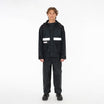
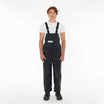

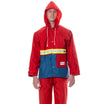
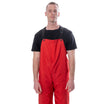
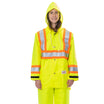
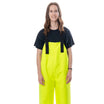



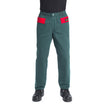
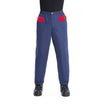
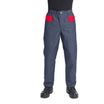
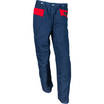
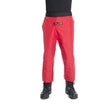
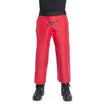
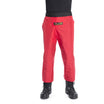
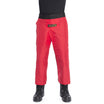
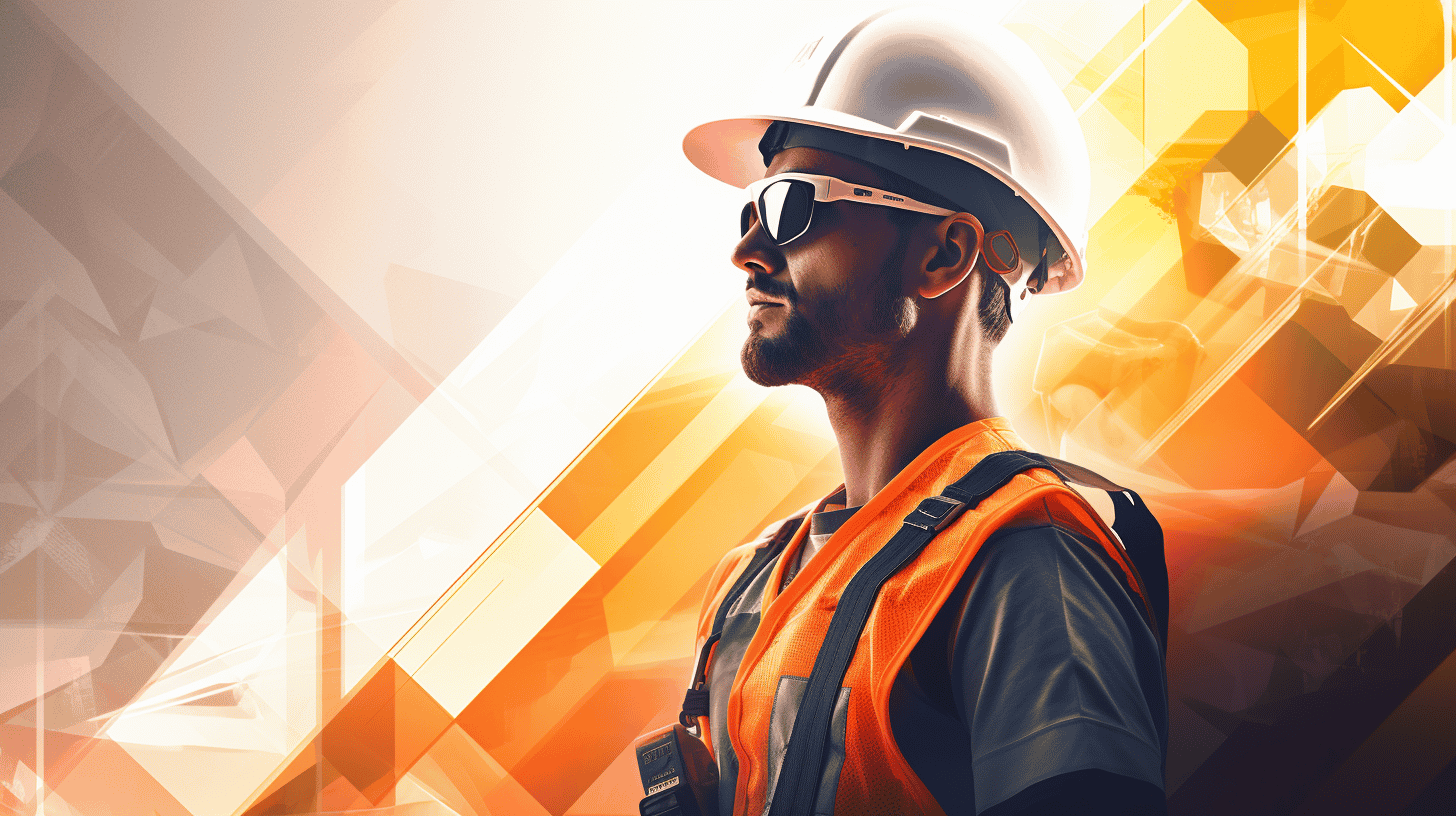
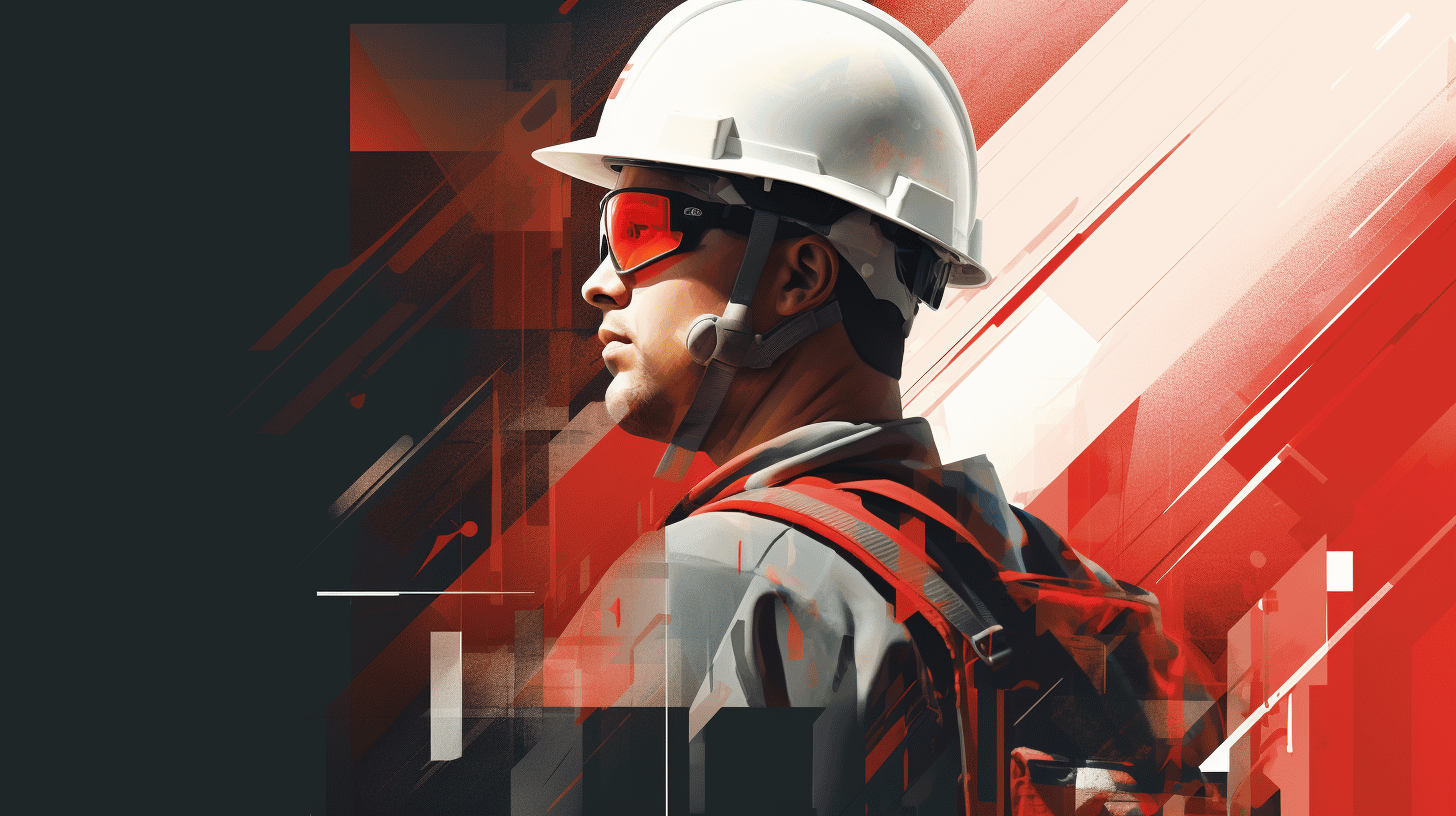
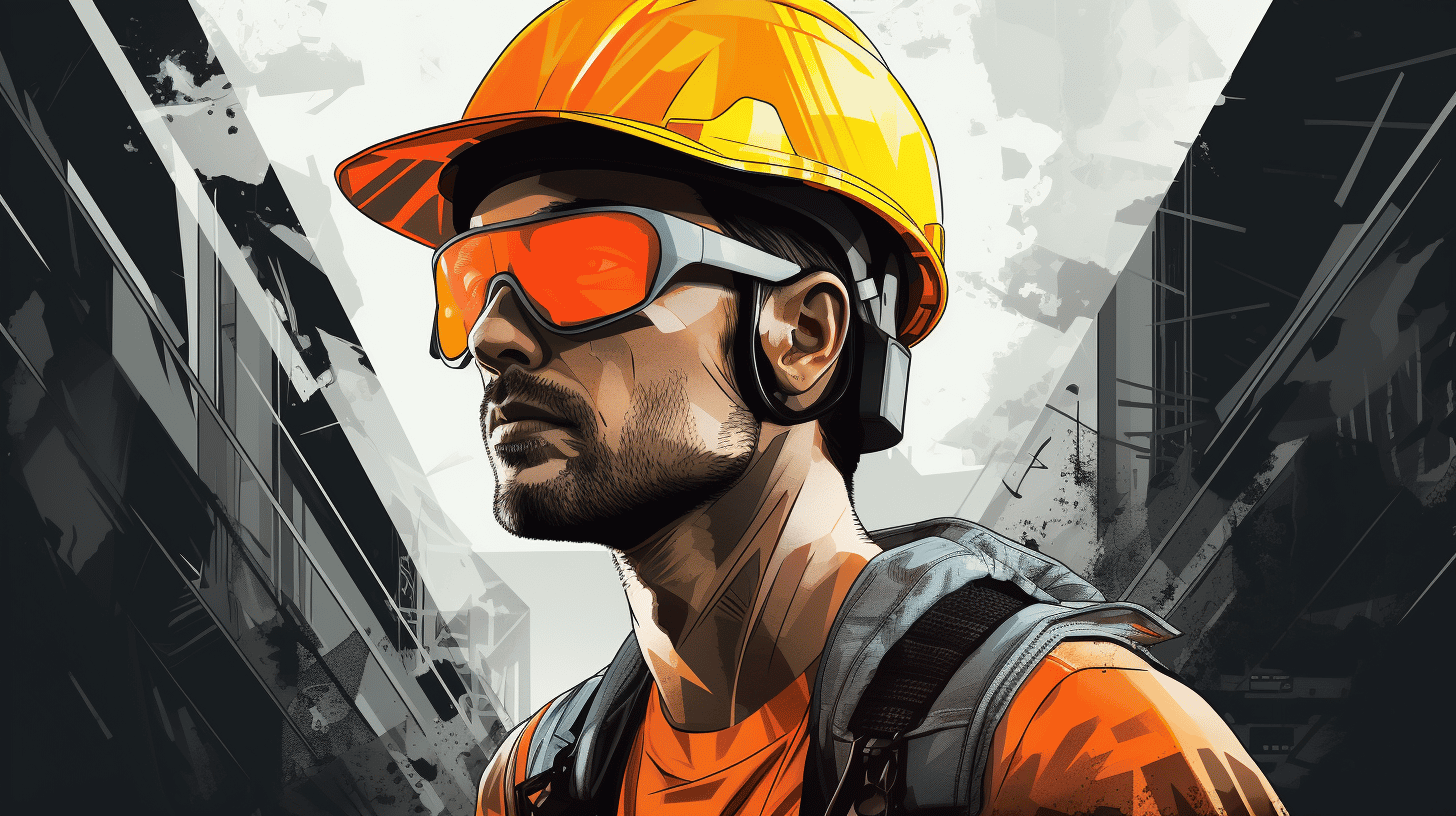
Leave a comment
This site is protected by hCaptcha and the hCaptcha Privacy Policy and Terms of Service apply.